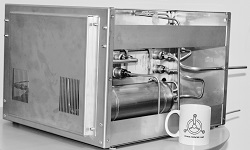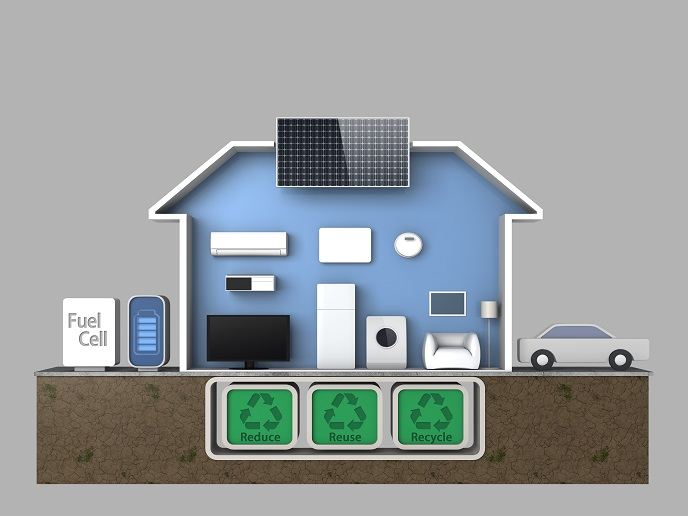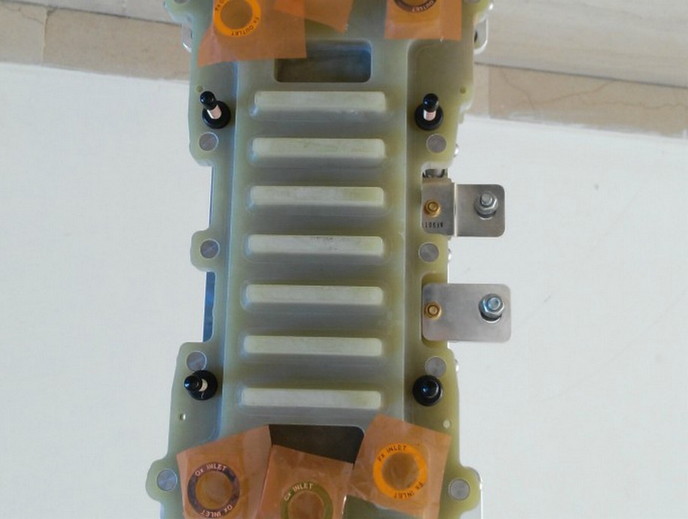Generating strong business case for hydrogen
Although too early in development to begin targeting the transport sector, the team behind the innovation believes that an interesting niche market has been found in the telecom tower powering sector in off- or unreliable grid areas. ‘Telecom towers often use diesel generators, and the expansion of mobile networks worldwide means that this is a growing sector,’ explains RENGEN project coordinator Dr Debasish Chakraborty from RenCat in Denmark. ‘Operating these generators is expensive, so we thought about developing a clean energy solution that was cost competitive.’ From here, the work pioneered by the RENGEN project could lead to larger things. Chakraborty notes that major energy companies are strategically positioning themselves in favour of hydrogen and other renewable fuels, anticipating changes to the policy landscape when it comes to diesel engines. ‘We see this as an emerging trend,’ says Chakraborty. A challenging transition The transition towards a hydrogen-based economy – in which energy is delivered using clean hydrogen rather than polluting fossil fuels – has long been seen as a highly attractive policy objective from an environmental viewpoint. Hydrogen-powered vehicles and industrial generators for example emit no pollution. The key challenge however has been making a viable economic case, given that transporting and storing hydrogen remains expensive and difficult. ‘This technical challenge means that hydrogen fuel cells have struggled to make the market impact they should have by now,’ says Chakraborty. ‘Any solution needs to be inexpensive and technologically implementable.’ The project team sought to address this hydrogen storage issue by taking a step back and examining how hydrogen can be produced in the first place. ‘The technology to use ammonia as a source for hydrogen fuel cells is quite developed,’ says Chakraborty. Things are never straightforward when hydrogen is concerned however. Chakraborty and his team found that using ammonia to generate hydrogen left behind a little ammonia, which eventually degrades the fuel cell. The existing method for dealing with this – using membranes made of the metal palladium – is incredibly expensive. ‘Removing ammonia involves using sheets and sheets of palladium, which makes this not viable economically,’ says Chakraborty. ‘What we’ve done is come up with a way of using an inexpensive metal oxide instead, which removes trace ammonia from hydrogen without the need for palladium membranes.’ The cost savings are impressive. The metal oxide costs less than EUR 1 per kilogramme, compared with EUR 20 000 per kilo for palladium. Strong business case EU funding enabled Chakraborty and his team to focus on the economic feasibility of their firm’s innovation. ‘This was not so much about the money as the exposure and networking potential that this project has brought,’ explains Chakraborty. ‘We are now much more confident when we approach potential partners and companies, and when applying for further funding.’ One of the lessons to have emerged out of this six -month feasibility project has been the need to conduct field tests. These are vital, says Chakraborty, in order to properly establish not just the technical feasibility but also the company’s business model. ‘We expect to start field testing in six months, perhaps around the middle of 2018,’ he says. ‘We already have an agreement in place with a telecom partner. After this will come pre-market activities, product maturation and then finally commercialisation.’







